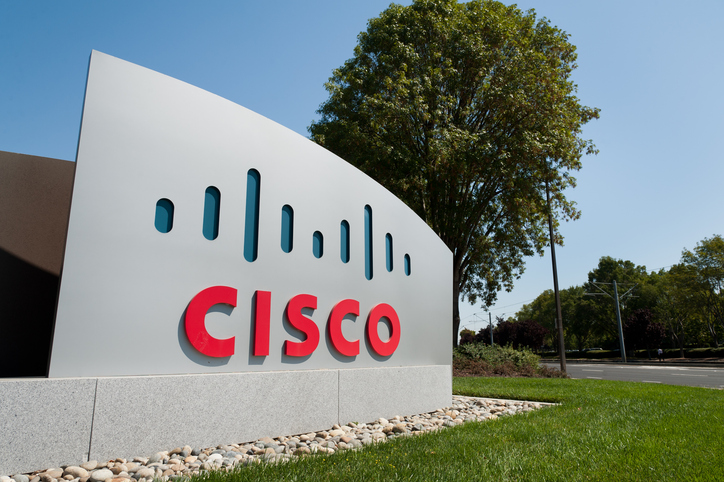In the first financial report since its acquisition of Sun Microsystems was given the go ahead, enterprise software – and now systems – vendor Oracle gave some indication of the financial clout that the combined company will now command.
The much delayed deal led to $306 million in unexpected costs during its third quarter of the financial year, which drove Oracle’s treasured net income down 11% to $1.19 billion. But the addition of Sun’s business contributed $458 million in hardware revenues towards its overall sales.
This helped to push revenue up 17% year-on-year to $6.4 billion. Software licence sales were also up 10% to $1.7 billion, while software licence updates and support rose 13% to $3.3 billion.
Oracle anticipates that the Sun acquisition will help increase revenues by up to 36% for the coming quarter. “Our pipeline is very strong in both software and hardware,” commented Oracle co-president Safra Catz.
Announcing the results in a conference call, chief executive Larry Ellison said with typical bombastic style that his company plans to take advantage of its current strength and make inroads into rival SAP’s larger market share in the business applications space.
“We really think that SAP has lost its way, and if they don’t want to be number one, we do,” he said. “We think SAP is vulnerable and we can take them on in a number of industries.”
Another acquisition that appears to be paying off is that of networking equipment giant 3Com, which agreed to a $2.7 billion takeover offer from computing giant Hewlett-Packard in 2009. Having suffered a difficult year, the acquired company reported a 6.5% revenue jump to $345.9 million for its third financial quarter. The Massachusetts-based vendor yielded a significant rise in net income to $41.4 million, up from just $1.9 million a year ago, as it recorded double-digit sales growth in all regional markets but one.
One of the reasons behind HP’s acquisition of 3Com – in addition to turning up the heat on Cisco – was that it would give the world’s largest IT firm access to the lucrative Chinese market. Ironically, this was the one location in which 3Com flagged, with regional revenues falling 1.3% due to a 77.9% slump in sales to local vendor Huawei.
Growth markets
Also in March 2010, Red Hat yet again revealed that, for one company at least, the commercial open source strategy is paying off. For the fourth quarter of its financial year, the company posted an 18% rise in revenues to $195.9 million and a 44% increase in net income to $23.4 million.
This completes a year in which Red Hat bucked the downward trend of the software industry as a whole. The company increased full-year sales by 14.7% to $748.2 million, while annual profits were up 10.8% to $87.3 million.
Clearly, the pressure on IT budgets imposed by the recession contributed to Red Hat’s success. Interestingly, though, the majority of its subscription revenue growth, up 21% to $169.2 million, came from existing contracts, not new customers. Red Hat’s performance in terms of training and consulting services was static at around $27 million.
“Our platform business continued to perform well and ended the year on a high note with strength across our top verticals, including a resurgent telecoms segment, which has lagged the performance recently experienced in our other segments,” said Red Hat CEO Jim Whitehurst.
He also pointed to the contribution made by cloud computing, which Whitehurst described as having reached a “tipping point” last year. He highlighted IBM’s recent decision to use Red Hat’s virtualisation software as the platform for its new test and development cloud.
While BlackBerry maker Research In Motion also enjoyed an 18% rise in revenue, to $4.1 billion, as always, its first quarter results were met with negative analysis. Firstly, this increase fell short of the company’s previously issued expectations. But analysts also lamented the fact that the Canadian company fared better in the low-cost, low-margin handset markets, especially outside the US, which they see as a threat to its profitability.
Slow recovery for IT services
IT services was a segment of the industry that enjoyed a few months’ grace before the fallout from the recession kicked in. But history is repeating itself, and the recovery currently being enjoyed by other segments has yet to manifest itself for many IT services companies. Capgemini last month was walloped by a 54.5% decline in net income, while Logica posted a marginal decrease in its profit.
The latest victim of this trend is Accenture, whose second quarter profits lapsed 3% to $399.8 million, as revenues fell 2% to $5.54 billion, with all geographic regions adversely affected. Revenues from the consulting division fell 3% to $2.93 billion while takings from its IT outsourcing unit was for the most part static at $2.24 billion.
“While there are still uncertainties and challenges in the global environment, we are seeing signs of positive momentum in the market,” said CEO Bill Green in a conference call. “We have enhanced our offerings for today’s demands and we are recruiting high-quality talent aggressively to ensure that we have the breadth and depth of capabilities to capitalise on future growth opportunities.”









